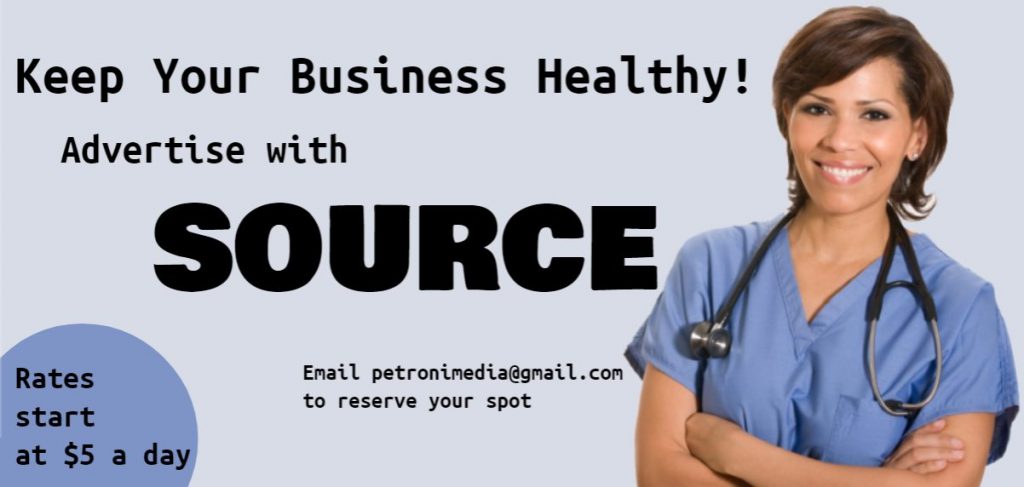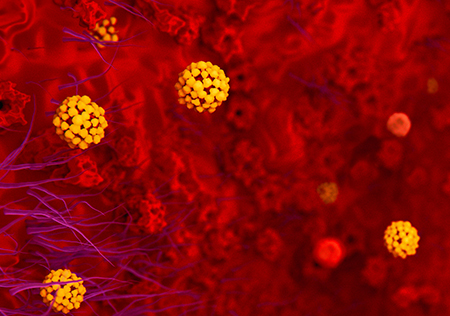
FRAMINGHAM – Just about 24 hours ago, the Commonwealth of Massachusetts listed the City of Framingham as a high-risk community for COVID-19. The City of Framingham is just one of 9 communities in the Commonwealth with the designation.
Framingham has the 7th highest rate of the coronavirus in the state in the last 14 days.
The designation means, public schools must start the year remotely, and fall sports is moved to February of 2021. Framingham Public Schools had already decided to start the school year remotely on Sept. 16.
The high-risk designation also means that the City is not doing enough to stop the spread of the virus or getting its message out to residents on what they should do to prevent the virus.
“COVID-19 has been our reality for nearly six months, but if we don’t all start taking this deadly pandemic more seriously, COVID-19 and the policies it requires will only continue. I join others in being concerned by Framingham’s increased numbers and continue to implore residents to follow public health guidelines. We all want to see this pandemic in our rearview mirrors, but that isn’t going to happen without ongoing social distancing and uniform wearing of face coverings,” said State Rep. Jack Patrick Lewis.
[broadstreet zone=”58610″]
“It is troubling to see Framingham going in the wrong direction while other comparable cities seemed to have figured it out,” said City Councilor Janet Leombruno. “We are 7th out of 351 communities. We need to find out why and take quick action to reverse this direction.”
Last Wednesday, August 19, the City of Framingham was a yellow community or a moderate risk for the virus. The City’s rating was 5.5 per 100,000 cases.
Communities that are 8 or higher are deemed at a high risk by the Commonwealth.
Yesterday, Framingham was listed at 8.7 cases per 100,000 which means it is a red community or a high-risk community.
Brockton is at 8.4 cases, just below Framingham.
Most of the communities in the red, for the exception of Sutton, are urban communities.
Chelsea leads the state with a 31.9 rating. Revere is second with 20.4, and Lynn is third with 16.7.
Everett is fourth at 13.7, Lawrence fifth at 10.o and Winthrop, which is adjacent to Revere is 9.9.
Framingham was designated as one of the about 20 communities in the State’s Stop The Spread campaign earlier this month. The Baker-Polito initiative allows for free coronavirus testing in these communities.
One would think that the increase in testing is what made the City of Framingham a high-risk community, but that is not true mathematically.
[broadstreet zone=”59945″]
The City of Marlborough was one of the first eight communities in the Stop the Spread free testing program. It has been offering free coronavirus testing in more locations and more often – in fact seven days a week – than Framingham. And yet, yesterday, Marlborough was listed as a yellow community with a rating of 5.1
A trio of cities provide more proof that increased testing does not mean increased number of cases and thus a high-risk community status.
- The City of Boston in the last 14 days tested 45,494 individuals, of which 826 were positive for the virus for a 1.82% rate. The City’s rate per 100,000 is 7.1, a yellow community.
- The City of Worcester in the last 14 days tested 18,248, of which 171 tested positive for the virus for a rate of less than 1%. The City’s rate per 100,000 is 5.1.
- Finally, the City of Somerville – one of the densest cities in the nation with more than 90,000 residents in three square miles, is a yellow community with a rate of 4.7 per 100,000. In the last 14 days, Somerville tested 6,174 and only 55 were positive for the virus.
Framingham in the last 14 days tested 3,594 and 100 individuals were COVID-19 positive, or a rate of 2.78%.
Basically Somerville tested twice as many individuals as Framingham and had 50% less cases than the City of Framingham.

So why the increase?
SOURCE asked Framingham Health Director Sam Wong that question. His response: “We are seeing an increase in new cases that we believe are partially attributed to the increase in testing capacity in the city. The overall percent positivity rate has not increased substantially. It is still hovering around 2%. We also think that gatherings may be a contributing factor as well.”
“With Framingham being home to many essential workers who must interact with the public, we have always been at risk for increased levels of infection. Still, we continue to see people flouting the guidance of public health experts, with large gatherings and continued travel across states,” said State Rep. Maria Robinson.
“We are not doing enough to reach our non-English speaking populations,” said District 8 City Councilor John Stefanini. “We cannot let our guard down; the virus remains a threat and we need to do more to educate residents.”
Not all of City of Framingham’s messaging on the virus has gone out in languages besides English. Framingham has a high concentration of Portuguese, Spanish, Russian, and even Chinese language residents.
But, there is a good chance the City of Framingham could revert back to yellow next week, and that could be due to a lack of free testing available to residents as of today, August 27.
The City’s free drive-up testing at Keefe Technical ended on Friday, August 21.
And due to weather issues, the walk-up free testing in downtown Framingham was only open for a total of 3 hours this week.
The next available free testing in the City is now until September 1, from 3 to 6 p.m. and it is walk-up only.
For many low income residents, that means there will be no free testing in the city since the high-risk designation until Tuesday, September 1 at 3 p.m.
Why the lack of testing in a high-risk community?
“We have been working with owners of these properties across the city that we think could meet the requirements. We are still going over the details at this point for a chosen location,” said Wong.
Framingham Superintendent of Schools Bob Tremblay told SOURCE today, that he has instructed Buildings 7 Grounds to work with Wong to see if Framingham High, Walsh Middle, or one of the other school sites in the public school district is a possibility for a free drive-thru testing site for the City & its residents.
[broadstreet zone=”59947″]
What is being done to stop the spread?
Wong told SOURCE that he has a 3-point plan. It includes.
- Continue to offer more free testing for our residents, and start to conduct targeted testing at senior housing buildings and select neighborhoods.
- Step up our messaging campaign on preventive measures to various segments of our community.
- Explore ways to step up enforcement actions on violations of state mandates
“I am not surprise to see the rise of positive cases in Framingham since we start to have free testing not only for symptomatic people but for all. Summer activities like parties, beach gathering, and the opening of the playgrounds also contributes for this surge,” said District 7 City Councilor Margareth Shepard. “COVID-19 is still a threat, and we all need to be vigilant, wear masks, wash our hands and keep social distance.”
The gatherings are an issue for City Council Chair George P. King. jr. too.
“I think that overall people have been great in acting safe and taking precautions. No one likes it, but it is what we have to do for now. Where I think Framingham has not done as well as others is enforcement of the small minority who are not following the new rules. If a few are acting unsafe, it is not fair to most people who are,” said King.
“The Health Department has been very active making rules for us to follow for our safety, but I think they have to be more visible enforcing them, in fairness to all. To be sure that responsibility falls on others too, the police and really all of us in our individual roles as parents, employers and others. We have shown these approaches works, we have to stick with them for the safety of all,” said King.
Wong told SOURCE “We are stepping up in our public messaging on gatherings. We have also developed a protocol internally to respond to complaints related to gatherings on private properties. The PD (police) responds to complaints on gatherings, and the health department follows up with enforcement actions using police reports.”
“I’m troubled why Framingham seems to be failing to stop the spread while surrounding communities are succeeding,” said District 4 City Councilor Michael Cannon.

“I’ve asked the Mayor and the Director of Public Health for further insight and their next steps. I will also ask that the Mayor update the City Council on this matter at our next meeting,” said Cannon.
The City of Framingham has been somewhat quiet since the state announced at 6 p.m. yesterday, August 26, when Framingham was named a a high-risk community for the virus.
Yesterday around 6:25 p.m. the Spicer administration released this, and nothing has been released since:
“Framingham has been added to the “high risk” category on the Massachusetts COVID-19 map:
Until today, the City was classified as “yellow” or “moderate risk” with four to eight cases per
100,000. Today, the State reclassified the City as “red” or “high risk” with more than eight cases
per 100,000. The City has seen an uptick in COVID-19 case counts over the last month. Cities and
towns in the “red” or “high-risk” category are at extremely high risk for COVID-19 infections.
People should continue to wear face coverings, practice social distancing, avoid crowds, wash
their hands in warm water for 20 seconds, and disinfect surfaces to slow the spread of the virus.”
But there is help from the Commonwealth of Massachusetts coming to Framingham.
[broadstreet zone=”59948″]
Once Framingham became a red community of high-risk community, it also means the Baker-Polito administration will provide some supports.
They include:
- Targeted interventions and inspections by a range of member agencies, including Local Services, Labor Standards, DPH, MSP and ABCC, coordinated by EOPSS and MEMA.
- Increased enforcement, including fines, of sector guidance for businesses to ensure businesses and residents are aware of and following COVID-19 orders.
- Cease and desist orders as necessary for businesses and organizations in violation of the COVID-19 orders.
- Support for ABCC and local licensing boards in exercising their existing authority to fine restaurants or suspend or cancel liquor licenses when restaurants do not comply with required COVID-19 safety measure or sanitation codes.
- Targeted public messaging to alert residents of higher risk COVID communities (road signs, PSAs, reverse 911, etc.).
- Technical support to local government officials to support enhanced local COVID-19 prevention efforts such as assistance in accessing CARES Act funding.
- Potential restrictions or shutdowns for parks, playgrounds, businesses or other entities and locations believed to be contributing to the COVID-19 spread in higher risk COVID-19 communities.
- Additional public health support such as testing, tracing and quarantining.
“With fall arriving, there’s an instinct to want to go “back to normal,” yet nothing has changed with the virus to allow for a loosening of social distancing, hand washing, and mask-wearing,” said State Rep. Robinson. “We need to reach all of our community members on a regular basis through all possible channels to remind them of these measures to truly stop the spread.”

